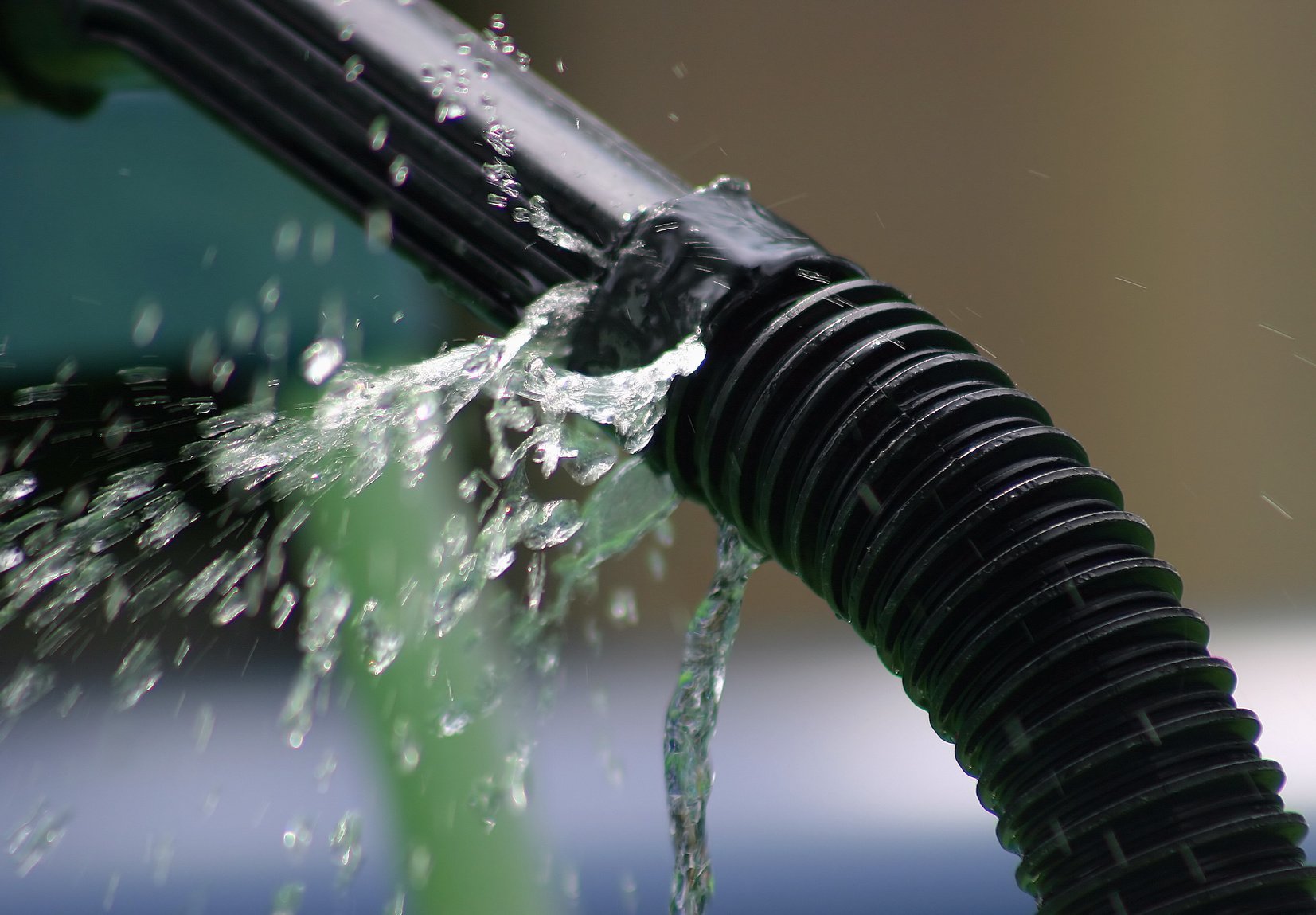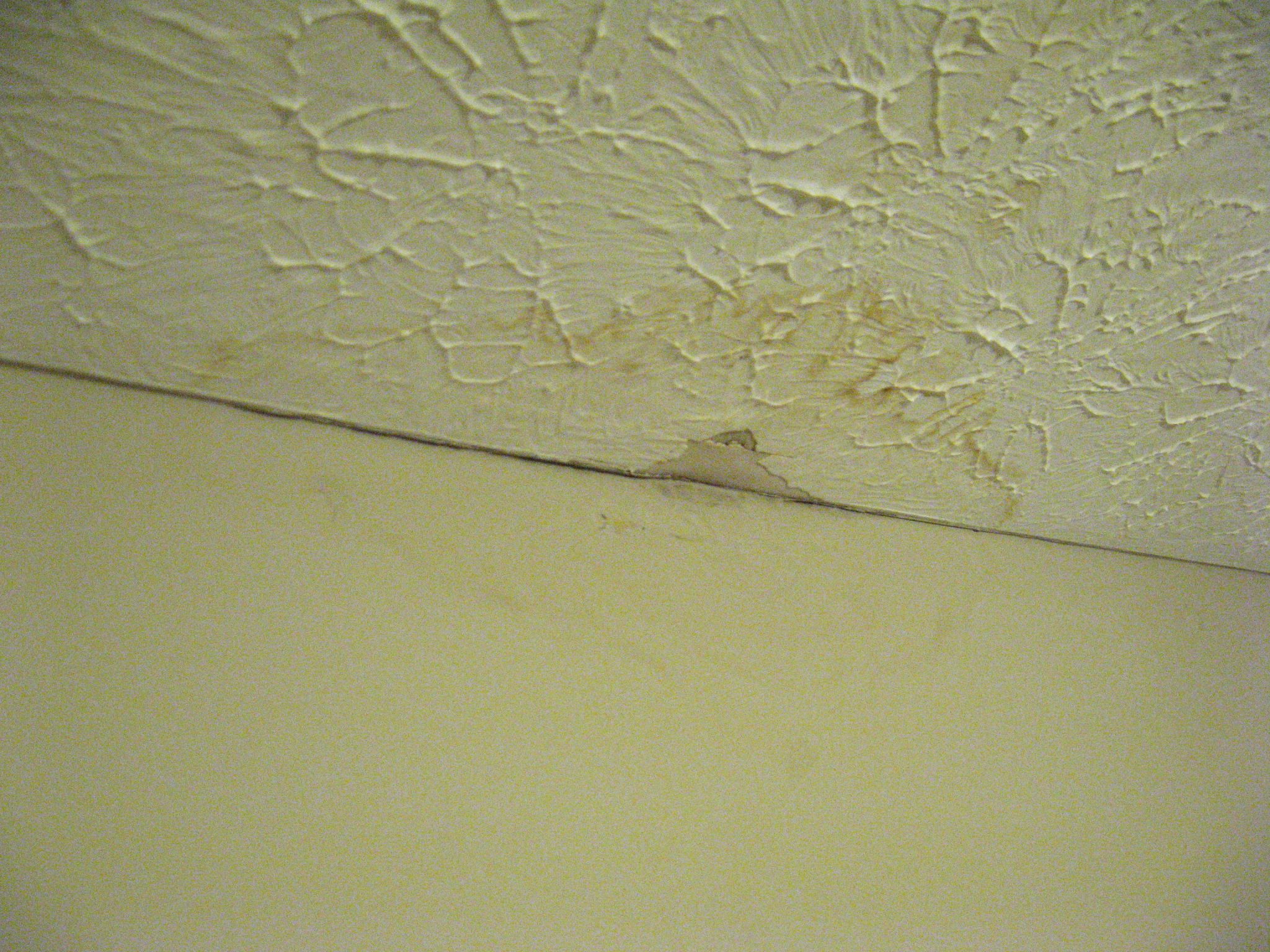The Home's Primary Frequent Leak Triggers: Examination
The Home's Primary Frequent Leak Triggers: Examination
Blog Article
Every person maintains their unique way of thinking on the subject of Most Common Causes of Leaky Pipes.

Leakages not just cause waste of water however can additionally cause unnecessary damages to your house as well as promote unwanted natural development. By looking and comprehending for day-to-day scenarios that cause leakages, you can shield your home from future leakages and unnecessary damages.
Elbowing in origins
Most water leakages start outside the house as opposed to inside it. If you see an abrupt decline in water stress, say in your tap, require time to go out as well as analyze your backyard. You may notice wet patches or sinkholes in your yard, which may mean that tree roots are invading water lines causing water to permeate out. You can have your plumber check for intrusion, specifically if you have trees or shrubs near your building.
Corroded water systems
As time passes by, your plumbing system ages as well as rust such as rust may start eating away the pipes. This may be the source of staining or bending on your pipes. This asks for an assessment with your plumber instantly. Consider changing the pipelines given that they are at a greater threat of rust than the newer designs if our plumbing system is old.
Defective Pipe Joints
The factor at which your pipelines attach is frequently the weakest web link in the waterline. Pipe joints can deteriorate in time, leading to water leakages. The majority of pipe joints are not quickly visible. If you have loud pipelines that make ticking or banging noises, specifically when the warm water is activated, your pipeline joints are probably under a lot of stress. It is suggested to have your plumber examine your system annually.
Immediate temperature adjustments.
Extreme temperature level modifications in our pipes can create them to increase and get unexpectedly. This development and contraction may create splits in the pipelines, specifically if the temperature are below freezing. It would be best if you kept an eye on how your plumbing works. The visibility of the formerly stated situations frequently indicates a high threat.
Poor Water Connectors
At times, a leakage can be triggered by loose tubes and also pipelines that provide your appliances. Generally, moving is what triggers the loose water Links. You might discover in the case of a washing equipment, a tube might spring a leakage as a result of shaking during the spin cycle. In case of a water links leak, you may observe water running straight from the supply line or puddles around your devices.
Obstructed Drains
Clogged drains pipes could be annoying and also inconveniencing, however they can in some cases end up triggering an overflow causing rupture pipes. Maintain eliminating any type of materials that might go down your drains that can clog them to stay clear of such hassles.
All the above are sources of leakages however not all water leakages result from plumbing leaks; some leaks may originate from roofing system leaks. All leakages need to be repaired right away to avoid water damage.
Leakages not only trigger waste of water but can likewise cause unneeded damage to your residence as well as promote undesirable organic development. By understanding and looking for daily situations that trigger leakages, you can shield your house from future leaks as well as unnecessary damages. Today, we will look at six leak creates that may be causing your pipelines to leak.
At times, a leak can be caused by loosened tubes and also pipelines that provide your appliances. In case of a water links leakage, you may observe water running straight from the supply line or puddles around your home appliances.
How To Check For Water Leak In Your Home
How To Check for Leaks
The average household's leaks can account for nearly 10,000 gallons of water wasted every year and ten percent of homes have leaks that waste 90 gallons or more per day. Common types of leaks found in the home are worn toilet flappers, dripping faucets, and other leaking valves. These types of leaks are often easy to fix, requiring only a few tools and hardware that can pay for themselves in water savings. Fixing easily corrected household water leaks can save homeowners about 10 percent on their water bills.
To check for leaks in your home, you first need to determine whether you're wasting water and then identify the source of the leak. Here are some tips for finding leaks:
Take a look at your water usage during a colder month, such as January or February. If a family of four exceeds 12,000 gallons per month, there are serious leaks.
Check your water meter before and after a two-hour period when no water is being used. If the meter changes at all, you probably have a leak.
Identify toilet leaks by placing a drop of food coloring in the toilet tank. If any color shows up in the bowl after 10 minutes, you have a leak. (Be sure to flush immediately after the experiment to avoid staining the tank.)
Examine faucet gaskets and pipe fittings for any water on the outside of the pipe to check for surface leaks.
Undetected water leaks can happen without the home or business owner even realizing. If you suspect a water leak, but not able to find the source. It is time to contact a professional water leak detection service, The Leak Doctor.
How To Find a Water Leak In Your Home
https://www.leakdoctor.com/blog/How-To-Check-For-Water-Leak-In-Your-Home_AE197.html

We hope you liked our topic about Most Common Causes of Leaky Pipes. Thanks so much for taking the time to read through our blog. For those who enjoyed our blog post please don't forget to pass it around. Kudos for your time. Visit us again soon.
Schedule Free Estimate Report this page